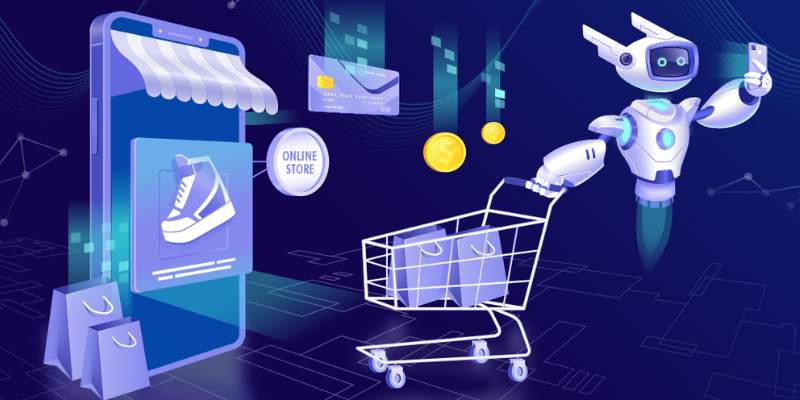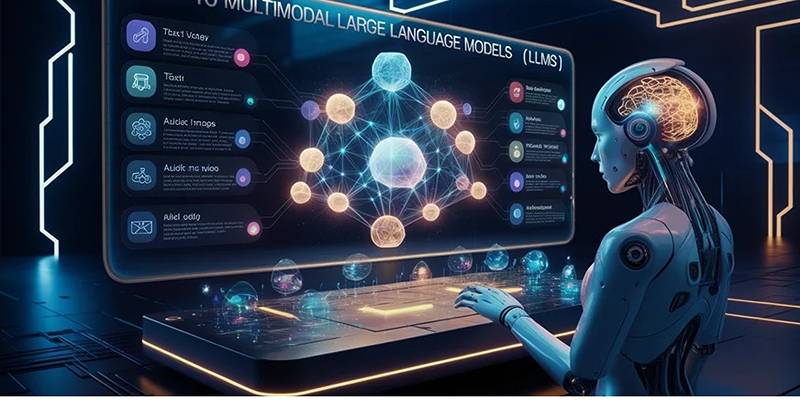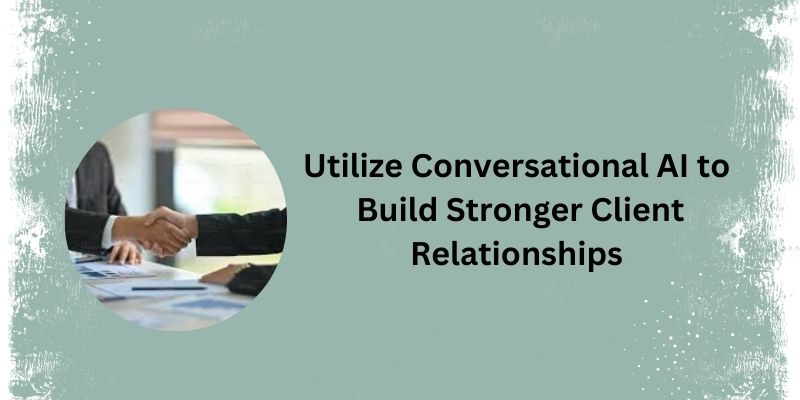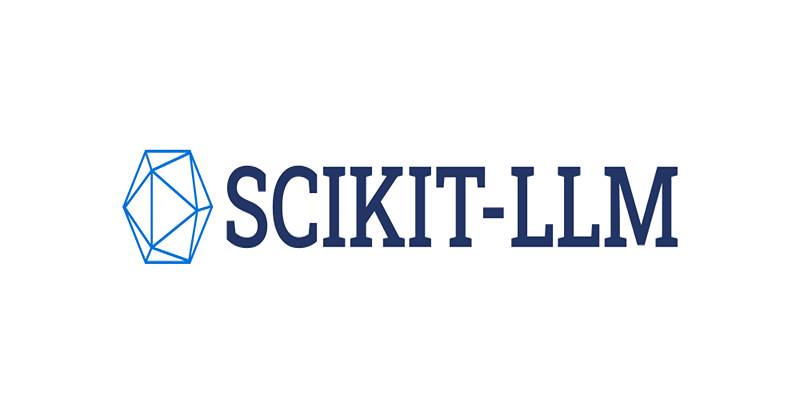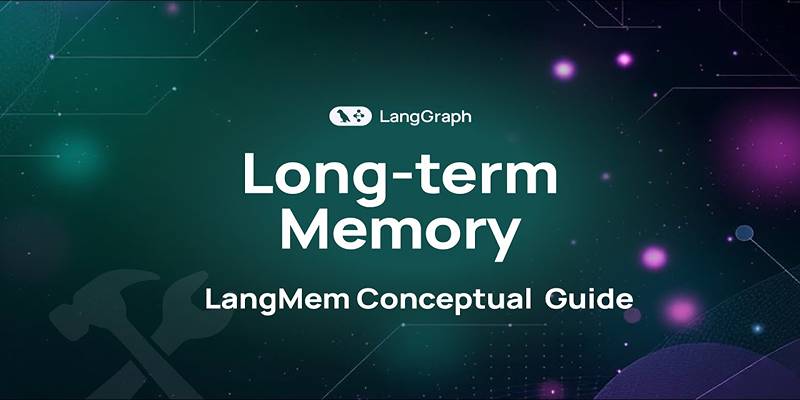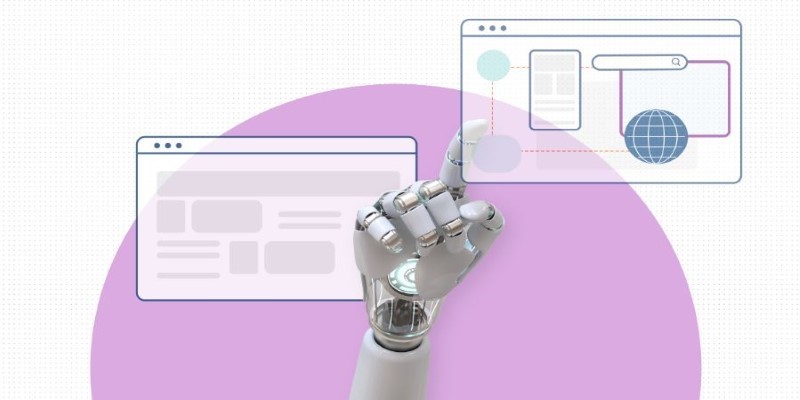Understandings from online scraping are becoming more and more important for companies, researchers, and developers in a time when data drives important decisions. Whether tracking competitors' prices, analyzing market trends, or compiling comprehensive research data, effective web scraping provides actionable intelligence that drives strategic outcomes. However, traditional web scraping techniques, while powerful, often suffer from inflexibility and brittleness—unable to cope effectively when websites frequently update their layouts.
That's where Large Language Models (LLMs) enter the picture, fundamentally transforming web scraping methodologies by adding a sophisticated level of contextual understanding to traditional data extraction. This post will explore the intersection of web scraping and AI, examining how integrating LLMs like ChatGroq, Mistral, Llama, or OpenAI’s GPT variants significantly enhances the accuracy, flexibility, and scalability of extracting structured information from the web.
Why Traditional Web Scraping Often Falls Short?
Traditional web scraping typically relies on fixed HTML structures, meaning developers must identify specific CSS selectors or XPath expressions to pinpoint exactly where their targeted data resides within a webpage. Although effective, this approach can quickly become fragile when dealing with dynamic, regularly updated sites. Even minor alterations in a webpage’s layout can break existing scrapers entirely, requiring constant maintenance and updating.
Another limitation is that traditional scrapers struggle with data extraction when information isn't clearly delineated in the HTML structure itself. They cannot inherently interpret meaning or context, restricting their usefulness primarily to rigidly structured pages.
The Advantage of Using LLMs in Web Scraping
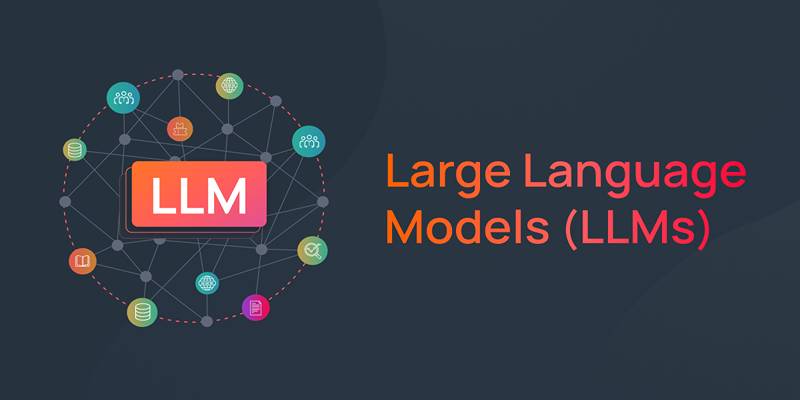
By contrast, Large Language Models have the remarkable capability to interpret textual data contextually. Rather than relying solely on the webpage’s HTML tags or specific selectors, LLMs can read and understand content much like a human reader does. This inherent flexibility means that even when a website alters its structure or presentation, the LLM-based scraper can adapt, understanding what the information means rather than where exactly it appears.
This intelligence-based approach offers several distinct advantages:
- Resilience to Change: LLM-based scrapers gracefully adapt to changes in webpage structure, significantly reducing the need for frequent updates or maintenance.
- Contextual Understanding: They can recognize and extract meaningful content based purely on textual interpretation, enabling the retrieval of data even when clear HTML structures are absent.
- Rapid Prototyping and Deployment: Developers can quickly build functional scrapers without needing to delve deeply into a site's HTML layout, accelerating workflows dramatically.
How LLMs Enhance Web Scraping
Large Language Models fundamentally differ from traditional scraping methods because they interpret textual content contextually, similar to how humans understand language. Instead of strictly parsing HTML tags or CSS selectors, LLMs "read" and interpret content, meaning they can effectively adapt to variations in website structure without manual intervention.
Here’s how LLMs transform web scraping:
1. Flexibility and Adaptability
Unlike traditional methods, which collapse when site structures change, LLMs maintain accuracy by focusing on the meaning behind the text. Changes in layout don’t significantly impact their performance since they interpret content semantically rather than structurally.
2. Semantic Understanding
LLMs grasp the context, meaning they can distinguish relevant data from irrelevant noise. For instance, they can accurately separate product specifications from promotional content or user reviews from core product descriptions without explicit instructions.
3. Reduced Maintenance
Since LLM-based scraping does not depend solely on rigid selectors or specific HTML tags, developers don’t need to constantly update scripts. Instead, the scraping models can quickly adapt, significantly reducing ongoing maintenance and associated costs.
4. Ease of Scalability
Because LLMs can generalize from a small number of examples, scaling scraping efforts to multiple websites or pages becomes straightforward. You no longer need extensive manual configurations for every new website or product listing you encounter.
5. Enhanced Data Quality and Accuracy
LLMs significantly improve data extraction quality by accurately interpreting ambiguous or contextually nuanced information. Unlike traditional scraping methods, which often struggle to differentiate between similarly structured but semantically different content, LLMs can precisely capture intent, context, and sentiment. This deeper understanding reduces the likelihood of extracting incorrect or irrelevant data, ensuring consistently high-quality results even from unstructured or varied web sources.
Applications of LLM-Enhanced Web Scraping

The practical applications of integrating LLMs into scraping processes are extensive, spanning across various industries and scenarios. Let's explore a few compelling examples:
Extracting Product Information and Marketing Data
Businesses regularly scrape competitor websites to gather details such as pricing, product specifications, promotional offers, and user reviews. Traditionally, this would require manually inspecting HTML structures and repeatedly updating scripts.
With LLM-powered scraping, businesses can effortlessly interpret and structure product data, regardless of variations in webpage formatting or style, dramatically improving data consistency and accuracy.
Monitoring Real Estate and Automobile Listings
Real estate agents and automobile dealerships often scrape online listings to maintain updated databases of available properties or vehicles. Given that these listings regularly change and vary greatly between different websites, traditional scraping methods often struggle with accuracy and robustness.
An LLM-driven approach can intelligently identify key attributes—such as pricing, mileage, year, or features—even from inconsistently formatted descriptions, greatly simplifying database updates and providing highly accurate market intelligence.
Competitive Intelligence and Market Research
For market analysts and strategists, maintaining awareness of competitors' moves and industry trends is critical. LLM-enhanced scraping empowers analysts to monitor multiple industry websites effortlessly. Even when competitors update their sites or present their information differently, LLM-driven scrapers can continue accurately extracting insights without interruption, greatly enhancing strategic agility.
Automating and Scaling Scraping Processes
Beyond improving scraping accuracy, integrating LLMs offers considerable benefits for automation and scalability. Businesses can process a large number of websites concurrently without extensive manual intervention. For instance, companies looking to collect comprehensive market data across hundreds of web pages can quickly prototype and launch LLM-powered scraping tools that intelligently adapt to site variations, ensuring continuous data flow without frequent interruptions.
This level of scalability was previously difficult to achieve with traditional scraping methods, which often required individual attention to each unique website layout. Now, by leveraging the adaptive capabilities of language models, businesses can maintain streamlined operations even in complex and dynamic web environments.
Conclusion
Integrating Large Language Models (LLMs) into web scraping transforms data extraction into a smarter, more robust, and context-aware process. LLMs enable businesses to navigate rapidly changing webpage structures with ease, significantly reducing manual maintenance and enhancing data quality.
By understanding content similarly to human readers, these advanced AI models deliver accuracy and flexibility that traditional scraping methods cannot match. Adopting LLM-driven scraping strategies positions organizations ahead of competitors, empowering them to unlock deeper, more insightful data.



